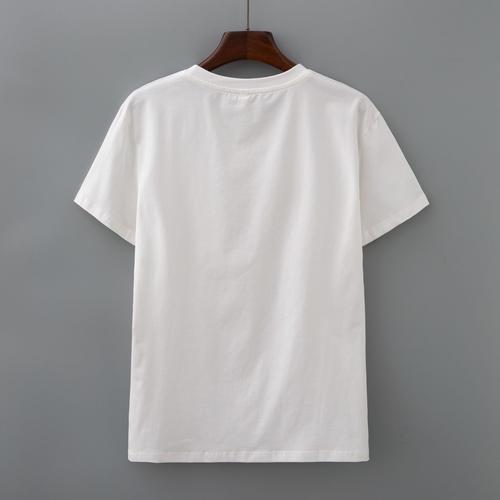Garment structure technology refers to the process of cutting, sewing and decorating fabrics according to certain rules, and finally forming a complete clothing product. Revealing the design principles of clothing cutting technology can help designers better grasp the structure and shape of clothing during the clothing cutting process and achieve the ideal effect. The following are some common design principles:
1. Ergonomic principles: Clothing tailoring should be designed according to the body shape, curves and movement characteristics of the human body. Understand the size, angle and proportion of each part of the body, and rationally arrange the cutting lines and increase or decrease materials to make the clothing comfortable and fit when worn, and have good wearing performance.
2. Streamline principle: Through the use of cutting methods and lines, the overall clothing presents a smooth and coherent effect. Appropriate use of convex and concave lines can make the clothing present a natural and layered form in outline and volume, making people visually feel dynamic and beautiful.
3. Principle of guiding eyes: Cleverly use cutting lines and decorative elements to guide people’s eyes to specific parts. For example, using contrasting color blocks and decorative details on the neckline or waist of clothing can attract people’s attention, highlight key points, and modify the body shape.
4. Functional principle: The tailoring design of clothing should take into account the functional requirements of different occasions and uses. For example, sportswear needs to focus on freedom of movement, while formal dresses need to focus on body modification and fabric texture. According to the functional requirements of the clothing, the cutting method and structural design are reasonably selected to achieve the functionality and comfort of the clothing.
5. Principles of balance and proportion: Tailoring design should consider the balance and proportion of each part of the garment. For example, for people with different body shapes, the proportions of the upper body can be changed by adjusting the size of the neckline, the length of the sleeves, etc.; the proportions of the waist and lower body can be shaped by cutting the skirt. Pursue the aesthetic harmony of male and female figures as a whole.
6. Detail processing principle: Detail processing in tailoring design plays an important role in determining the overall quality and style of clothing. Reasonable use of cutting, sewing, decoration and other technical techniques to make the details of the clothing exquisite and high-quality, perfectly combining the delicate design of the clothing with the craftsmanship.
The above are some aspects that reveal the design principles of clothing tailoring technology. By following these principles, designers can better grasp the structure and lines of clothing, achieve the desired effect, and provide consumers with clothing products that better meet their needs and aesthetics.







